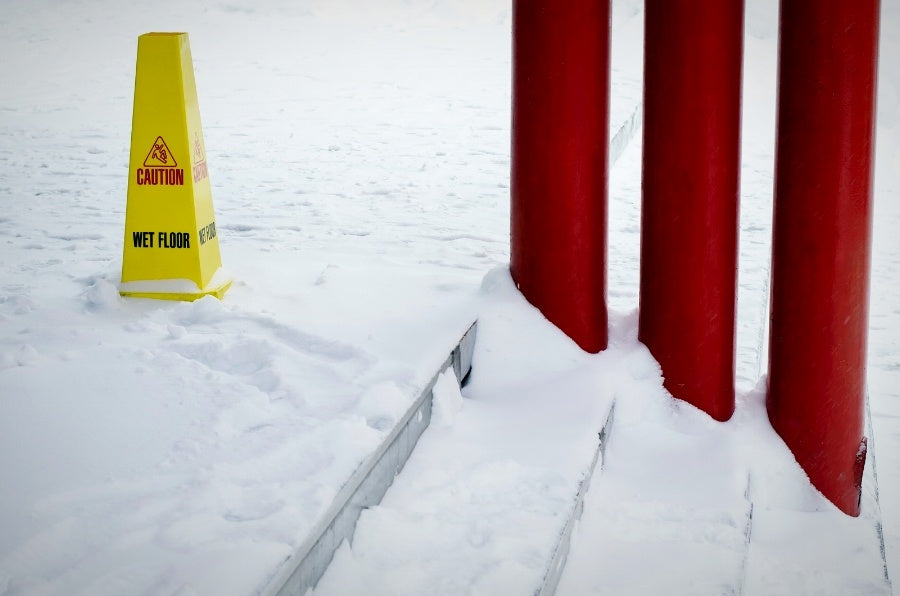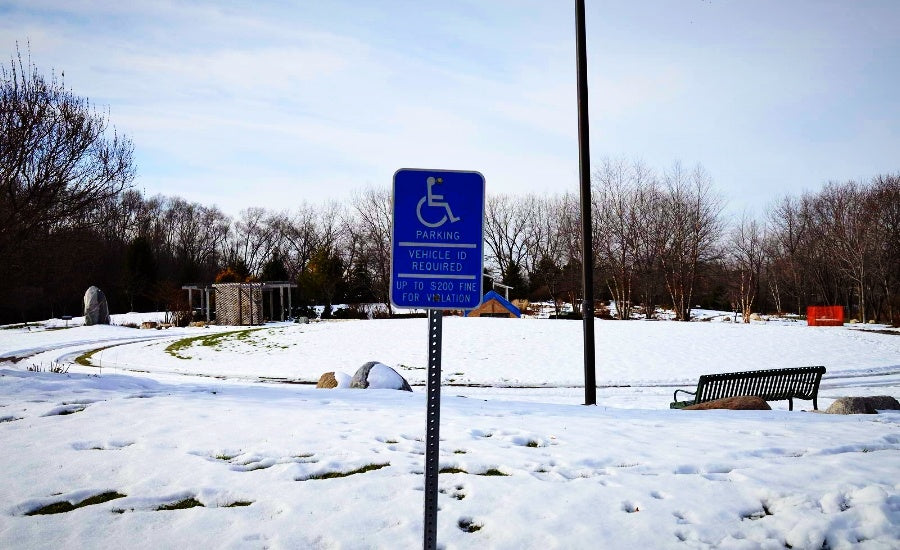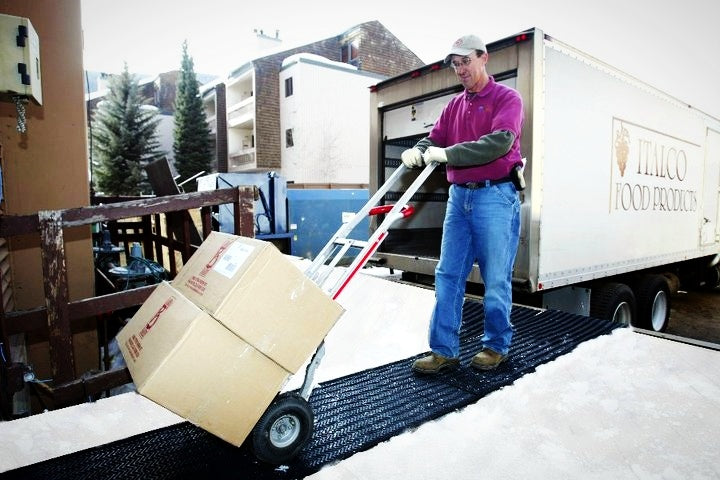
Facility managers have a lot to contend with when it comes to the day-to-day running of a building, whether it be a commercial office space, or a hospital, institution, or big-box store. While each of these facilities have their own unique vulnerabilities and concerns, careful attention to injury prevention is essential for the continued success of any enterprise.
Your biggest risks come from Mother Nature
When it comes to keeping employees, customers, and visitors safe, there are many risks that facility managers need to be aware of, including threats posed by terrorism, active shooters, fires, building collapse, and other catastrophic events.
But during wintertime, simple slip and fall injuries due to snow and ice pose a significant threat, and preventing these mishaps needs to become a major priority. A review of some shocking slip and fall statistics demonstrates that insufficient attention to these risks can have huge consequences.
Falls are a leading cause of injury
The National Center for Injury Prevention and Control, a division of the Centers for Disease Control and Prevention (CDC), keeps yearly statistics on injuries. The most recent data available indicates that unintentional falling is the leading cause of nonfatal injury across all age groups except 10-24. For ages 10-24, unintentional fall is the second leading cause of nonfatal injury.
When evaluating these statistics, it’s important for organizations to consider how vulnerable they are to this specific injury. In large facilities, it’s a particular concern, especially if pedestrian traffic tends to be frequent or rushed.
For example, people rarely walk leisurely into a supermarket. More often, they are hurried, which puts them at great risk for falling on snow or ice. The same can be said for a busy office building or institution. Cold conditions tend to not slow people down, but rather, make them move faster. And naturally, the busier your organization, the more often these injuries are likely to occur as people try to conduct their business quickly and get in and out.
A slip and fall is no laughing matter
A lucky person who slips and falls on ice gets up and walks away. But many are not so lucky. Each year, more than 800,000 people are hospitalized due to a fall injury. The most common reason for hospitalization is either a hip fracture or a head injury. In fact, the majority of traumatic brain injuries are caused by falls.
The high cost of a simple misstep
CDC statistics indicate that the medical cost for these fall injuries top out at $34 billion every year, with hospital costs amounting to two thirds of the total. Adding in the costs for medication, physical therapy, and durable medical equipment, and it’s easy to see why just one slip and fall injury can be a huge financial burden for the person injured, as well as those responsible.
A hefty insurance claim
Your liability or workers compensation insurance will shoulder a good portion of these costs, but the claim for a single incident may be much higher than you’d expect. The Snow and Ice Management Association presents some interesting statistics provided by the Maine Department of Labor and leading insurance companies. A study performed on a recent winter season indicated that the average claim for a snow- or ice-related slip and fall injury is $33,000. A worker’s compensation claim for the same injury averages $48,000.
Rising costs of workers comp
If your business or organization employs people who spend a good part of their workday outdoors, workers compensation claims during wintertime can be a frequent occurrence. The Insurance Information Institute reports that Accident Fund Insurance Company of America and United Heartland, two specialists in workers compensation insurance, estimate that slip and fall injuries comprise 29 percent of all workers compensation claims.
There is good reason to be concerned about this, as Business Insurance magazine reports that employers renewing their policies are likely to see increases in their policy prices. In addition, the economic loss caused by business disruption and the cost of hiring replacement workers make employee injuries due to falls on snow and ice a hazard that must be avoided.
Prevention doesn’t have to be expensive
Plowing and salting of parking lots is a necessary expense in winter climates, and for northern locations, it’s highly costly. A study performed by the University of Waterloo found that in Canada, for example, over $1 billion is spent each year on maintenance of transportation facilities alone, including the use of 5 million tons of salt. The Better Business Bureau provides tips for negotiating fair rates for snow and ice removal, but it is nevertheless a big yearly expense that can’t be avoided.
Fortunately for facility managers, keeping customers, visitors, and employees safe on your walkways can be accomplished much more inexpensively through the use of heated safety mats.


